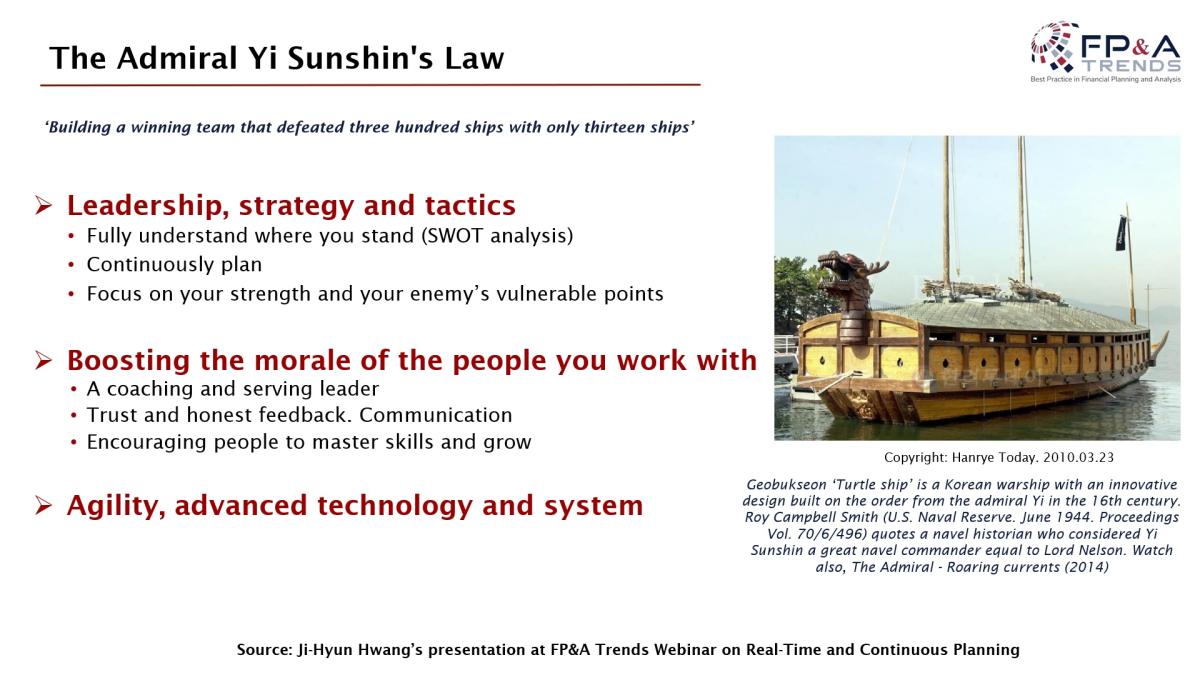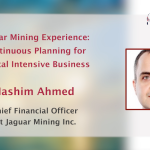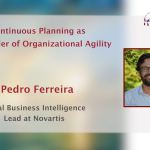Fortunately, modern techniques let businesses create an open-ended dynamic process of continuous planning. It should not...

An effective business plan integrates a company's vision, strategy, financial, and operational plan. It includes actionable and measurable targets covering all functions, such as sales, R&D, product management, HR, customer support, and IT organisation. These targets must be closely aligned with the company's overall vision, and setting them needs to be part of an integrated business planning process. As these company visions increasingly take a more sustainable outlook, sustainability must be embedded throughout the integrated planning process.
Sustainability is a natural part of business and client offerings. Therefore, taking a systematic approach to sustainability work and measuring a company's success with sustainability targets and KPIs are becoming increasingly common. Having sustainability-related questions as a high priority for top management is essential, not only in terms of brand image but also for creating long and lasting value for diverse stakeholders, such as employees, clients, and investors.
Keep Up To Date with Changes: The Past Does Not Always Define the Future
Most companies conduct Rolling Forecasts regularly. Surprisingly, many FP&A teams tend to invest more time in making the forecasting process more efficient than increasing forecasting accuracy. From my perspective, the FP&A team needs to spend more time increasing forecasting accuracy while keeping the process and templates as simple as possible.
Additionally, forecasting shouldn't be a mere number-crunching exercise based on historical trends or the FP&A team's "qualified" intuition. What happened in the past doesn't always inform what will happen in the future. It is crucial for FP&A teams to constantly interact with colleagues outside the team and keep a keen eye on what's happening on the field.
Be curious about what your colleagues in other functions are concerned about and keep track of changes in the markets, clients' needs, and shifts in the socio-economic paradigm. Continuously estimate the financial effect of any major changes, adjust the forecast, and inform the organisation of the latest changes as frequently as possible.
How often does a forecast need to be updated? To a great extent, it depends on your company's client relationship lifecycle and how fast your products move. When I worked for a company handling fast-moving high-tech products, we linked our weekly purchase/sales/inventory plans with a high-level financial forecast.
Consequently, the high-level forecast was updated at least once a week. The product and sales managers entered their input into the system and owned the numbers. The FP&A team acted as a control tower and challenged the assumptions to double secure the accuracy of the high-level forecast. Comparing the latest forecast with the target we set in the business plan, we identified the gap and continuously followed up on the mitigatory actions. Planning and forecasting always need to go hand in hand.
As a sustainability ambassador and facilitator of cross-collaboration, the FP&A team needs to take a holistic approach to business performance management.
A question arises: how do you define the role of an influential FP&A team in your organisation? In my view, the Korean term used for FP&A keyong yeong gi hoek경영기획 'business management/planning' describes best what an effective FP&A team is expected to do in the best of all worlds.
Firstly, an FP&A team needs to take a holistic approach to business performance management. This includes diverse aspects such as client performance, operational excellence, people, and organisational culture, not just limiting our work to financial management.
Secondly, a good FP&A team can be perceived as a team of sustainability ambassadors. We are living in a time with an extremely pessimistic economic outlook. In such a situation, it's easy to be caught out by short-term financial gain and make an irrational decision. Take advantage of your role and remind the organisation that clients, employees, and investors will choose your organisation based not just on short-term return on investment but on how sustainable your growth will be and to what extent your organisation is concerned about making the world a better place to live. Including sustainability in planning and performance management is one of the effective measures a company can take for sustainable and sound growth.
The FP&A team is a facilitator of cross-collaboration. Financial information is a summation of all activities across the organisation. For this reason, we have a good insight into what's going well and what isn't, putting us in a strong position to help the organisation work together to cope with the challenges and make optimal business decisions. Of course, an agile mindset and modern processes will support us in that collaborative mission.
Great Leadership Makes the Impossible Possible – Admiral Yi Sun-shin's Leadership
We are living in extremely difficult times. A good financial advisory team with business insight, a strategic mind, and great leadership has never been more important. As a leader, how can you build a winning FP&A team?
Let's take an example from history. Admiral Yi Sun-shin was an inspiring leader who defeated the Japanese navy that invaded Korea/Chosun dynasty in the 16th century. He faced many battles where victory seemed impossible.
However, he fully understood the strengths and weaknesses of his team and the enemy. He knew his battlefields well. He did a SWOT analysis, planned tactics, secured and harmonised a diverse skill set among his people, and kept communicating with them. Most importantly, he always boosted the morale of the people in his navy, even in seemingly hopeless situations.

Figure 1: The Importance of Leadership
Focusing on your team's strength and your enemy's vulnerable points, ask yourself the following question. What are the decision-makers concerned about? Knowing the answer will make it easier for you to help them make the right decisions and prioritise the right things.
It takes a conscious effort for you as a leader to build a trust-based relationship with the people you work with to make them feel empowered and learn to give honest and constructive feedback without intimidating them. Encourage yourself and others to master skills and be confident. Never take people's hard work for granted.
Finally, I'd like to add a few words about the importance of communication. Successful communication is not about being eloquent or fluent in certain languages. It is about actively listening to what others say, putting yourself in others' shoes, trying to keep your mind free from prejudices, and keeping the communication channel open. It is about letting others' voices be heard and speaking for yourself.
Subscribe to
FP&A Trends Digest

We will regularly update you on the latest trends and developments in FP&A. Take the opportunity to have articles written by finance thought leaders delivered directly to your inbox; watch compelling webinars; connect with like-minded professionals; and become a part of our global community.




